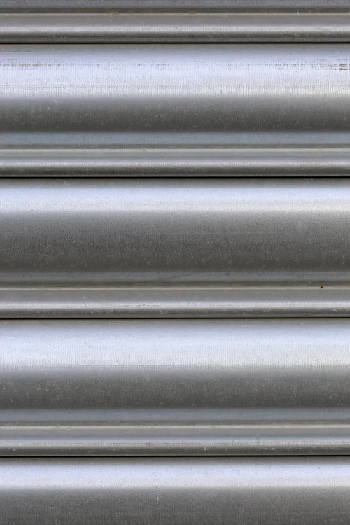Galvanizing
Galvanizing is a process of applying a zinc coating to iron or steel. This provides a protective coat to prevent rusting.
One of the most common galvanizing methods is called hot-dip galvanizing, this is when the steel is submerged in a hot bath of molten zinc. This could reach temperatures of 450 degrees Celsius., it will normally take no more than five minutes for each piece of steel.
The zinc protective coating will prevent rusting and corrosion. When zinc corrodes it is a very slow process giving the metal beneath an extended life, something called catholic protection occurs.
There is also another type of galvanizing called electroplate galvanized. Zinc plating or electroplating applies a very thin layer of zinc using an electrical current.
Galvanizing is better than simply painting over steel because with galvanizing you will get the zinc to bond to the steel, whereas painting over it will just be a coating.
When steel is galvanized it should in theory not weaken the steel because it does not affect the mechanical properties of the grade of steel.
Galvanizing should last for about 50 years in most usual, rural environments. It can in fact last over double that if the environmental impact is kept to a minimum.
Galvanizing costs haven’t really changed over the years whereas painting materials have gone up so although people perceive galvanizing to be expensive, it really isn’t.
If the galvanizing process has not produced a thick enough coating it can be coated with a lick of paint at a later stage.
Once the steel is galvanized it can increase that pieces weight by up to 15 % depending on many factors, obviously the size and shape of the steel, chemistry surface conditions, steel thickness and the galvanizing temperature.
